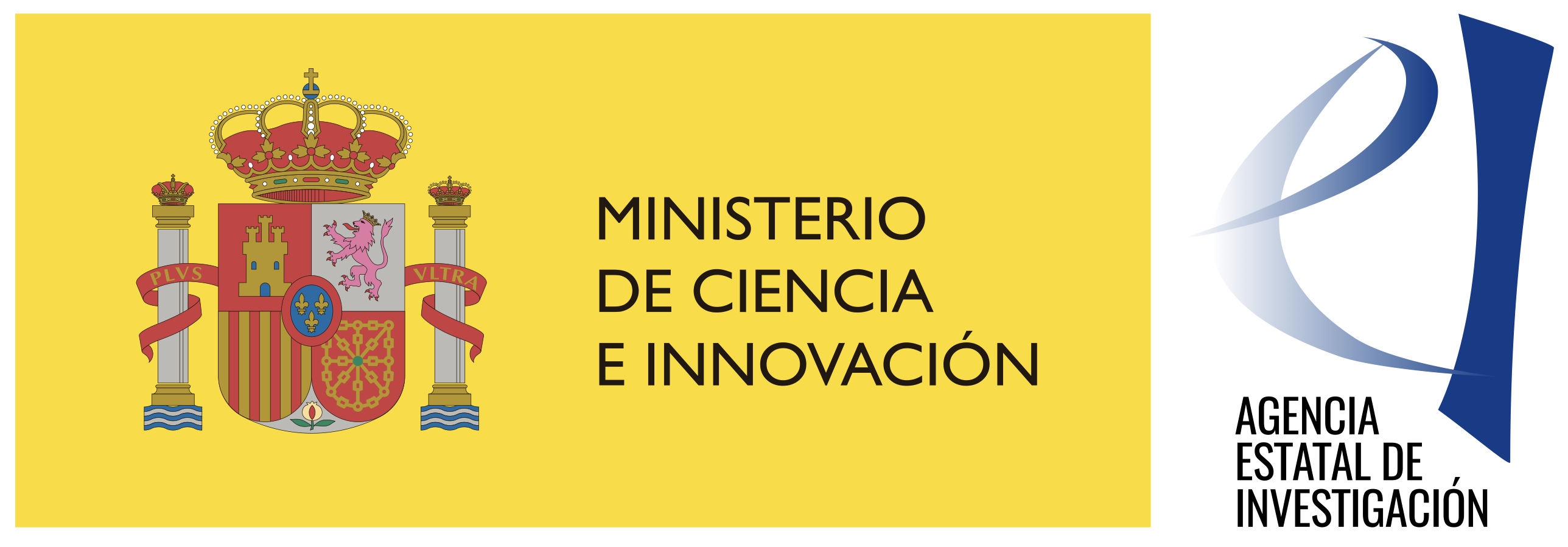HiMat - Hybrid layered materials for next generation electronics
HiMat focuses on the development of hybrid layered materials (HLMs) with tailored physical properties and their integration in lab-scale devices for opto- and spin- electronics or quantum computing. By taking advantage from the chemical flexibility of organic molecules, HiMat explores tailored HLMs obtained through a top-down approach as intercalated compounds and through a bottom-up approach as organic-inorganic metal-halide perovskites.
Materials science plays a central role in the development of new technologies. The ability to tailor a materials properties offers the opportunity to improve existing technologies or even inspire new device concepts. Hybrid layered materials (HLMs), in which inorganic sheets are separated by organic molecules, are emerging as an ideal class of tunable materials, as different building blocks can be combined to generate an almost limitless number of crystals displaying different properties. However, whether and to which extent it is possible to benefit from the chemical flexibility of organic molecules to finely tune the macroscopic properties of HLM remains an open question. Moreover, most studies in the field of HLM focuses on bulk crystals which are not suitable for integration in devices.
HiMat targets the design of HLMs displaying tailored physical properties and their integration in proof-of-principle devices which might be attractive for emerging technologies. HiMat will explore a top-down and a bottom-up approach to obtain two classes of HLMs: intercalation compounds and layered hybrid organic-inorganic metal-halide perovskites. Initially, we will focus on the superconductivity of intercalated compounds and the optical response of perovskites, which are the most characteristic phenomena reported for these classes of materials. In a second stage, we will target the magnetic properties of HLMs, which have so far received much less attention. In all cases, we will go beyond the state-of-the-art by studying (i) how a careful choice of the molecular species affects the overall material properties and (ii) how to obtain micrometric HLM flakes that preserve the properties of their bulk counterparts. In the final stage of the project, we will assess the suitability of the HLMs for spintronics and opto-electronics by integrating the tailored HLM flakes into proof-of-principle devices, aiming to demonstrate spin valves using intercalated compounds and photodetectors based on layered perovskites.
Ultimately, HiMat aims to demonstrate that HLMs are the ideal experimental platform to design novel materials for emerging
technologies, including opto- and spin- electronics, and quantum computing.
HiMat is based on the collaborative efforts between proactive teams led by young scientists, who join their complementary expertise and experimental approaches to create a local research hub focused on the development and characterization of new materials.
This project is funded by PID2021-128004NB-C21/MCIN/ AEI /10.13039/501100011033

